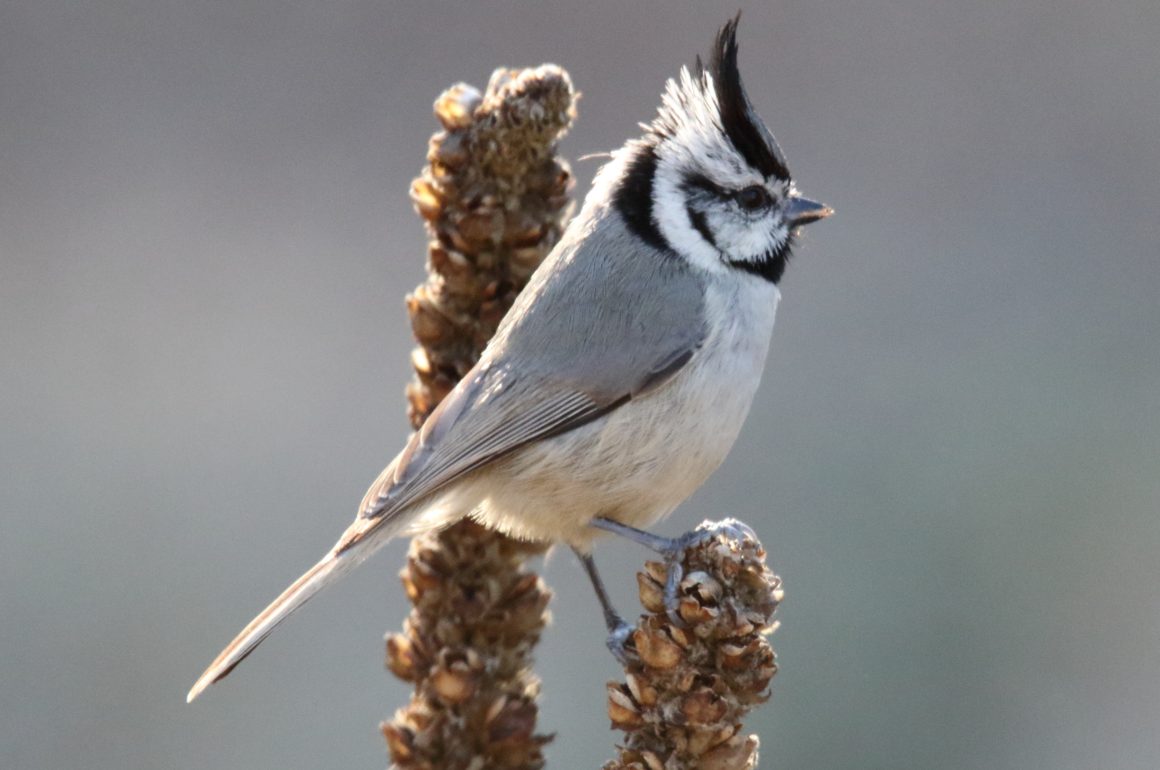
Whenever I go out birding, I always encounter chickadees, nuthatches, and titmice. These busy little birds are curious, friendly, and tolerant of people.

Black-capped Chickadee
In Toronto, I see the Black-capped Chickadee. In the spring, you hear their fee-bee song in woods and parklands. They are little acrobats as they search for food. It is entertaining to watch them excavate their nest holes in dead trees. They pop out of the hole and spit a mouthful of sawdust into the air. In winter time, they rove the woods in small flocks, announcing their presence with their chickadee-dee call while they forage in mixed flocks. The chickadees are the warning system for other birds, alerting them to predators.

Red-breasted Nuthatch
We get Red-breasted and White-breasted Nuthatches in Toronto. These birds travel up, down, and around branches and tree trunks in search of food under the bark. The White-breasted is here year-round. Although some Red-breasted are here year-round, most come down from the boreal forest in winter. When birders hear their call, which sounds like a toy trumpet tooting, they joke that our other winter “finch” is here. Both nuthatches would come to my feeders. They would pick through the seeds until they found the heavy, fat ones. Then, they would hide them under tree bark as insurance against the cold, lean days ahead. They travel with the chickadees in winter.

White-breasted Nuthatch
When I head farther south, chickadees are replaced by titmice. They are the same family as chickadees, but these birds have crested heads. Titmice fill the same niche as the chickadees, traveling in mixed flocks, and warning other birds about predators.

Tufted Titmouse
In Florida’s woodlands, I encounter Tufted Titmouse. Their peeto-peeto-peeto call echoes through the trees. In Texas, I saw the Black-crested form. In the US southwest, I saw my favourite member of this family. The Bridled Titmouse (pictured at top of column) has a black and white bridle pattern on its face. It can be found in canyons near the Mexican border or in big cottonwoods along lowland streams.
If you find yourself alone in the woods, these birds are wonderful companions any time of the year.
Note: All photos are from Wikipedia Commons, an online source of copyright-free photos: Bridled Titmouse (top of column) by Dominic Sherony; Black-capped Chickadee by Rhododendrites; Red-breasted Nuthatch by lwolfartist; White-breasted Nuthatch by Paul Danese; Tufted Titmouse by Dick Daniels.


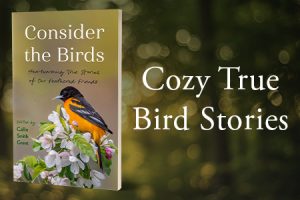



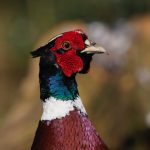
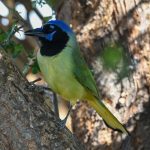
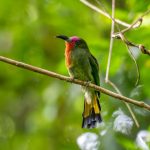

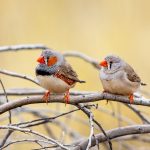
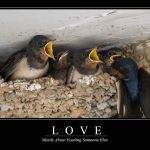

Hi Leslie. It won’t be too long before you start to see Tufted Titmice in your area. They have moved into Eastern Ontario (Kingston and the Thousand Islands) over the past few years and there are several breeding pairs producing offspring – including at least one inside the City of Kingston!
Truly wonderful birds. They make any backyard a lively and happy place when they are around. And, it’s even happier when they are all around together. To this I would also add Brown Creeper, but in my area, only during spring and fall migration. I like also how these birds seem to attract each other; like the feeding flocks in Central and South America.